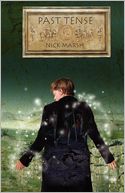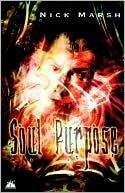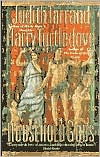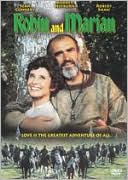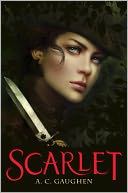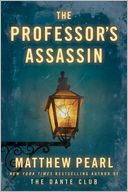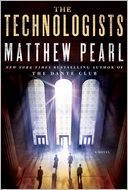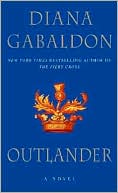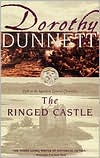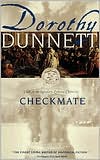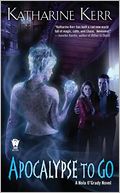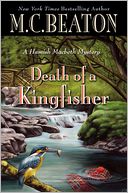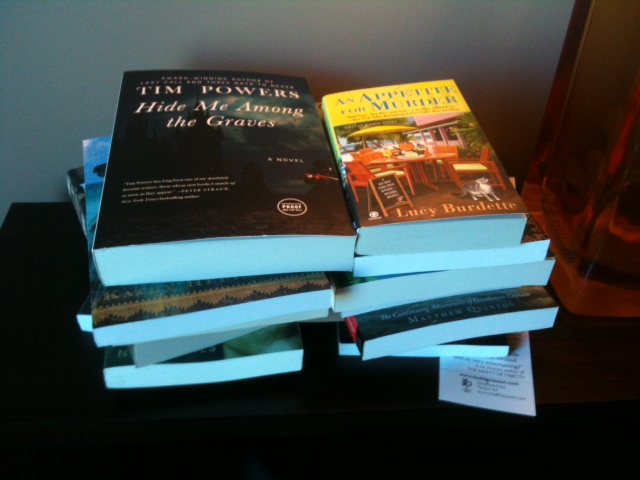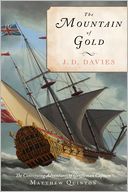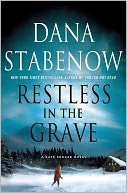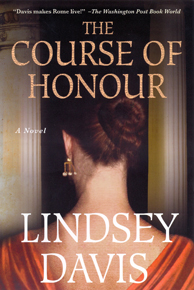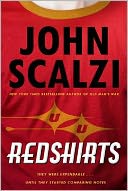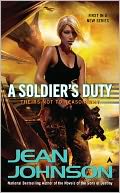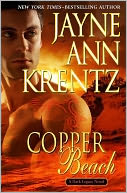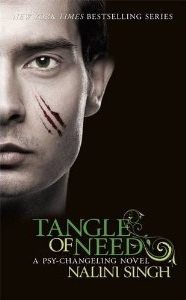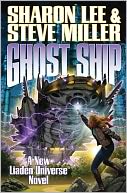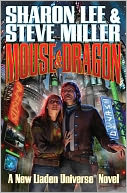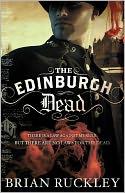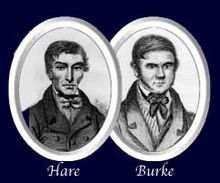 I heard something on NPR today about a computer algorithm that can reasonably identify anonymous authors by their choices of words and phrases. Then I thought about how many times I used the phrase “on the one hand…”
I heard something on NPR today about a computer algorithm that can reasonably identify anonymous authors by their choices of words and phrases. Then I thought about how many times I used the phrase “on the one hand…”
On the one hand, March 7-11 is the Book Bloggers and Publishers Online Conference. I have to wonder how many book bloggers are going to be too wrapped up in the conference to post! I’ve heard it’s absolutely awesome and I’m really looking forward to it.
 On the other hand, I signed up for NaBloPoMo again over at BlogHer. So I’ve committed to posting something every day again in March. The prompt this month is “Whether”. For the days of the BBPOC, that would be whether or not I spend my whole day glued to the conference I still have to post something. I’m planning to queue up some reviews.
On the other hand, I signed up for NaBloPoMo again over at BlogHer. So I’ve committed to posting something every day again in March. The prompt this month is “Whether”. For the days of the BBPOC, that would be whether or not I spend my whole day glued to the conference I still have to post something. I’m planning to queue up some reviews.
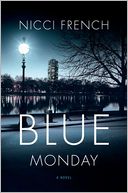 Speaking of queuing up reviews, I’m going to say this now because I absolutely cannot believe it. I read everything from last week’s Nightstand. Well, not quite everything. I’m in the middle of Nicci French’s Blue Monday right now. But this is the closest I’ve ever come to finishing all the books on the stand, ever.
Speaking of queuing up reviews, I’m going to say this now because I absolutely cannot believe it. I read everything from last week’s Nightstand. Well, not quite everything. I’m in the middle of Nicci French’s Blue Monday right now. But this is the closest I’ve ever come to finishing all the books on the stand, ever.
Of course, that doesn’t account for all the previous nightstands, but we have to take our little victories where we can find them. That’s my story and I’m sticking to it!
Let’s talk about next week’s pristine, new nightstand. So empty, so bright and shiny and waiting to be filled.
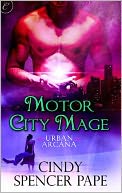 There is a treat on it. One of my most fun author discoveries was Cindy Spencer Pape. I absolutely adored both her steampunk series Steam and Sorcery and her urban fantasy Urban Arcana series. I’ve been waiting for the next book in her Urban Arcana series and Motor City Mage is finally here. If it is anything like her previous books, this is going to be a “read in one gulp” book. Yummy.
There is a treat on it. One of my most fun author discoveries was Cindy Spencer Pape. I absolutely adored both her steampunk series Steam and Sorcery and her urban fantasy Urban Arcana series. I’ve been waiting for the next book in her Urban Arcana series and Motor City Mage is finally here. If it is anything like her previous books, this is going to be a “read in one gulp” book. Yummy.
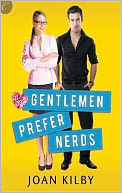 I picked Gentlemen Prefer Nerds by Joan Kilby by the title. I’m a geek girl, and this story of a jewel thief chasing the nerd girl tickled me for it’s concept. The recent trend in romances has been for the nerd to be the guy. But when the description mentioned espionage, I got a whiff of Scarecrow and Mrs. King. I loved that show. I’m a sucker for stories that use that trope.
I picked Gentlemen Prefer Nerds by Joan Kilby by the title. I’m a geek girl, and this story of a jewel thief chasing the nerd girl tickled me for it’s concept. The recent trend in romances has been for the nerd to be the guy. But when the description mentioned espionage, I got a whiff of Scarecrow and Mrs. King. I loved that show. I’m a sucker for stories that use that trope.

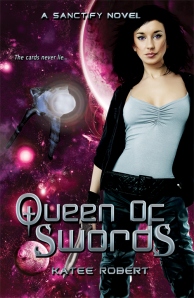 Katee Robert’s science fiction romance Queen of Swords has been perplexing me just a bit. Goodreads lists it as book 2 of her new Sanctify series, with The High Priestess, the prequel novella as book 1. The only problem for this compulsive completist is that The High Priestess doesn’t seem to be available anywhere. ARGH!
Katee Robert’s science fiction romance Queen of Swords has been perplexing me just a bit. Goodreads lists it as book 2 of her new Sanctify series, with The High Priestess, the prequel novella as book 1. The only problem for this compulsive completist is that The High Priestess doesn’t seem to be available anywhere. ARGH!
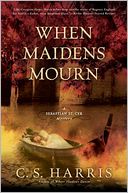
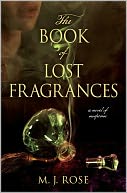 As a complete change of pace, I have The Book of Lost Fragrances by M.J. Rose. It’s subtitled a novel of suspense, but it sounds like a historic thriller to me. Or, at least I hope so. The read-alike listed in Amazon, at least for me, is C.S. Harris’ When Maidens Mourn, due out March 6. I love the C.S. Harris St. Cyr series and have the book pre-ordered. If Lost Fragances is anything like St. Cyr, I’ll be enthralled. The proof will be in the reading.
As a complete change of pace, I have The Book of Lost Fragrances by M.J. Rose. It’s subtitled a novel of suspense, but it sounds like a historic thriller to me. Or, at least I hope so. The read-alike listed in Amazon, at least for me, is C.S. Harris’ When Maidens Mourn, due out March 6. I love the C.S. Harris St. Cyr series and have the book pre-ordered. If Lost Fragances is anything like St. Cyr, I’ll be enthralled. The proof will be in the reading.
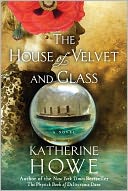
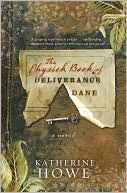 My last and final book this week is The House of Velvet and Glass by Katherine Howe. This is another historical, but this author isn’t new to me. Katherine Howe also wrote The Physick Book of Deliverance Dane, a debut novel about the Salem Witches that was absolutely compelling. Her new novel looks equally compelling, but concerns a young woman who loses herself after her closest family dies in the Titanic disaster. I received a print galley for review through Book Browse First Impressions in return for an honest review.
My last and final book this week is The House of Velvet and Glass by Katherine Howe. This is another historical, but this author isn’t new to me. Katherine Howe also wrote The Physick Book of Deliverance Dane, a debut novel about the Salem Witches that was absolutely compelling. Her new novel looks equally compelling, but concerns a young woman who loses herself after her closest family dies in the Titanic disaster. I received a print galley for review through Book Browse First Impressions in return for an honest review.
My poor Nightstand is full again. C’est la vie. And there are supposed to be lovely ebook giveaways from the BBPOC, too. So many books, so little time.
 Don’t forget to come back tomorrow for Ebook Review Central. It’s time for the four-in-one ERC with Amber Quill, Astraea Press, Liquid Silver Books and Riptide Publishing. Tune in to see who the featured titles are!
Don’t forget to come back tomorrow for Ebook Review Central. It’s time for the four-in-one ERC with Amber Quill, Astraea Press, Liquid Silver Books and Riptide Publishing. Tune in to see who the featured titles are!

